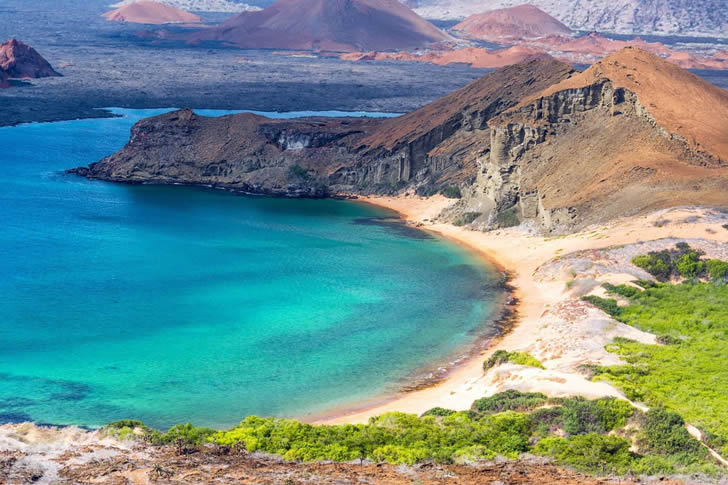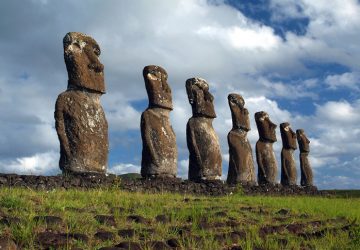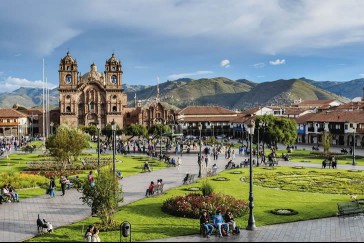The Galápagos Islands are an archipelago of volcanic islands located in the Pacific Ocean, known for their unique and diverse wildlife. Made famous by Charles Darwin’s studies that led to his theory of evolution by natural selection, the Galápagos Islands are a living museum of natural history. Visitors can explore the islands by boat, discovering a variety of endemic species such as the giant tortoise, marine iguana, and blue-footed booby. The islands’ diverse ecosystems range from lush highlands to arid lowlands, each supporting different types of flora and fauna. Snorkeling and diving in the surrounding waters reveal vibrant marine life, including sea turtles, sharks, and colorful fish. The Galápagos Islands offer a unique opportunity to observe wildlife in its natural habitat, making it a must-visit destination for nature lovers and adventure seekers.
















Comments on " South America’s Historic Sites: A Travel Guide" :